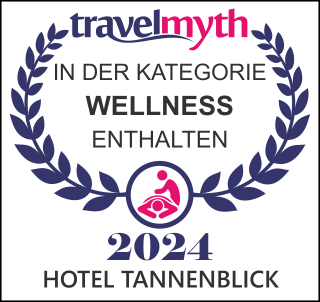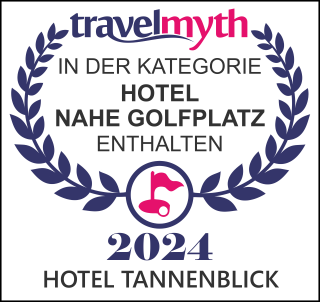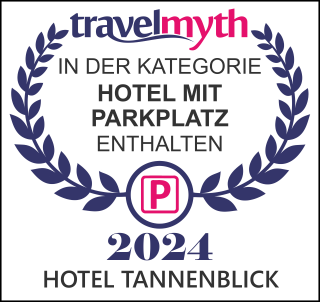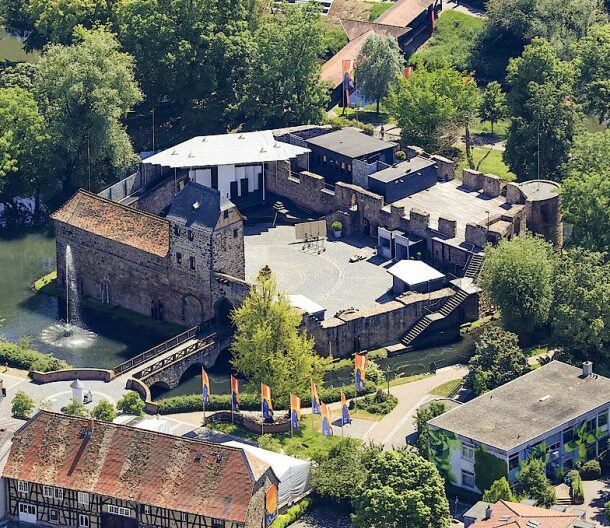
Bonifatius Route
Bonifatius Route
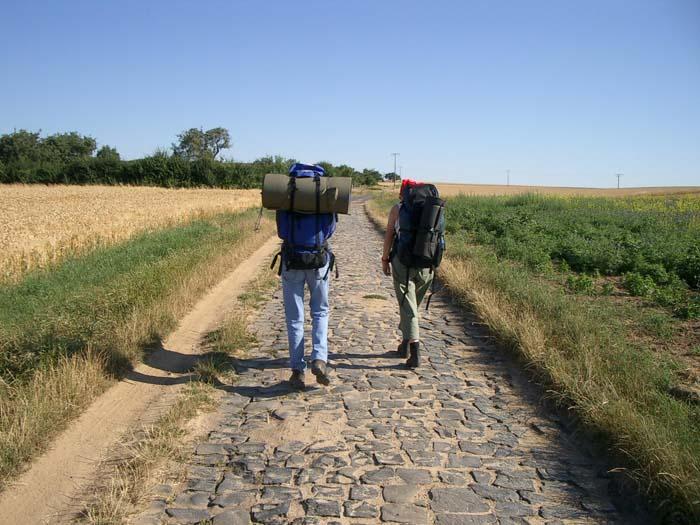


The Bonifatius Route, opened in 2004, follows the tracks of the funeral procession that brought the body of the missionary and church reformer Bonifatius from Mainz to his final resting place in Fulda in 754. Christian Vogel recently undertook a reconstruction of the route of the historical funeral procession. Written records from the early Middle Ages are very sparse on this point. For practical reasons, however, it can be assumed that the procession led along old Roman roads that were still intact and along paths that had been used since prehistoric times.
The Bonifatius Route runs in a "corridor" that takes into account the early medieval traffic routes and thus certainly comes close to the historical route. In addition to the cultural-historical and spiritual environment, the focus is on interesting, natural routes with tourist infrastructure. In this way, following the example of classic pilgrimage routes, it is possible to combine being on the way and pausing, hiking and experiencing nature with the evidence of a cultural landscape that has grown over centuries.
More information about the route itself can be found on the official Bonifatius website.







